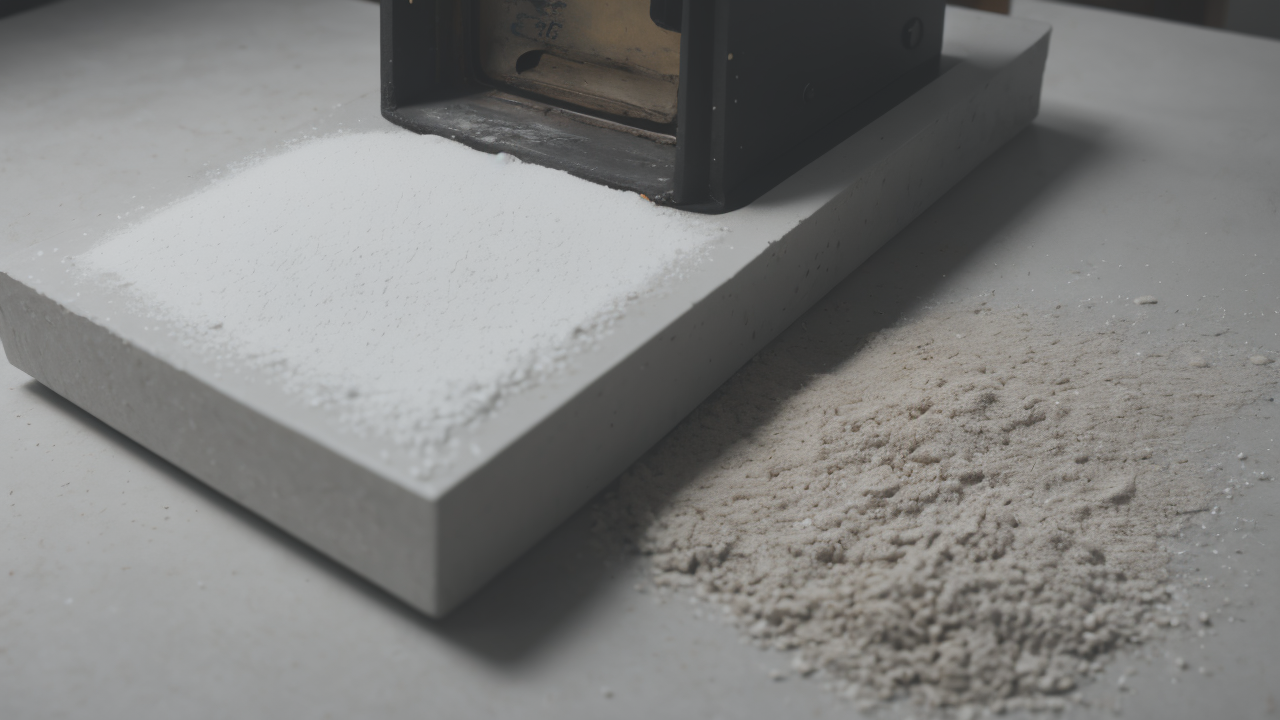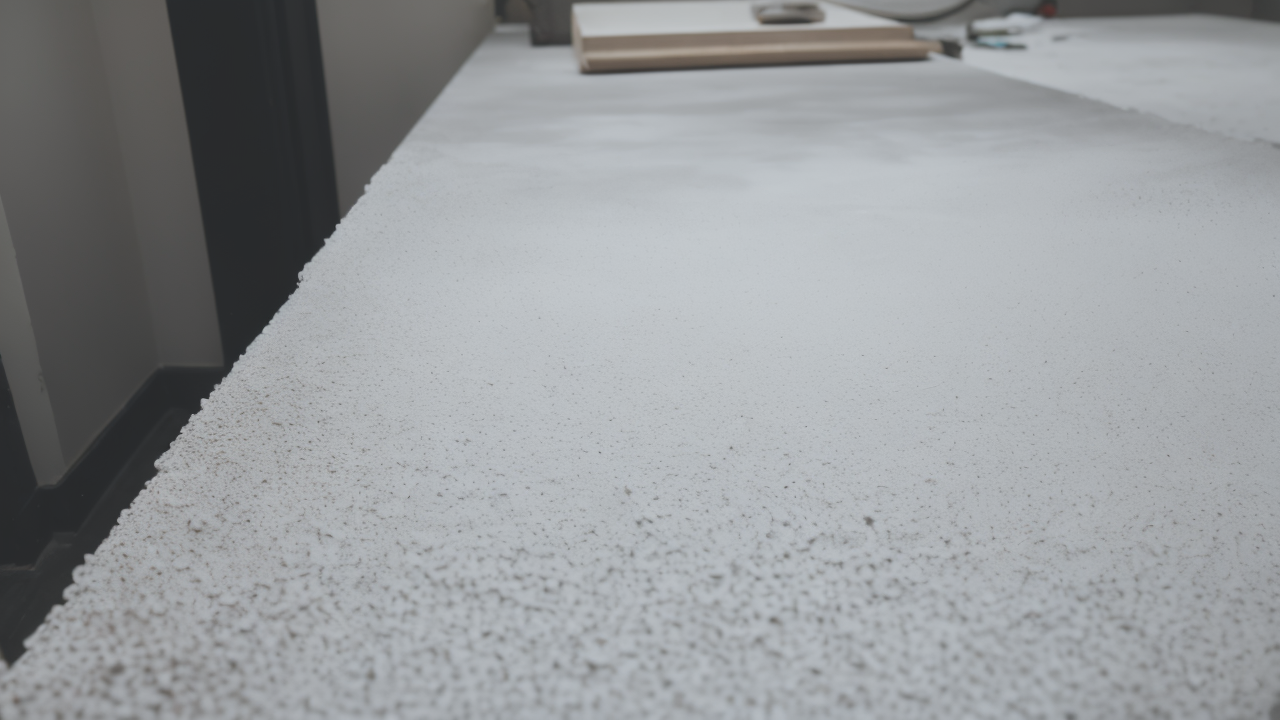
Mastering Plaster Texture Art: Expert Techniques for Stunning Wall Designs
Understanding Plaster Art Texture Painting
The Role of Plaster in Modern Art
Plaster has become a key material in modern art. It offers unique textures and finishes. Artists use it to add depth to their work. Plaster can be shaped in many ways. This makes it very useful for artists.

Many artists like plaster for its natural look. It can be rough or smooth. Plaster art often shows flaws. This fits with the wabi-sabi style. Wabi-sabi is a Japanese idea that sees beauty in imperfection.
Plaster works well in many types of art. It's used in wall art and sculptures. Artists often mix it with other materials. Its plain color is great for adding more art on top.
Types of Textures in Plaster Art
Plaster art can have many textures. These can range from very smooth to very rough. Here are some common texture types:
- Smooth: Made by sanding the plaster
- Rough: Left untreated or with added materials
- Swirled: Created by moving in circles while applying
- Combed: Made by dragging a tool through wet plaster
- Stippled: Done by tapping with a brush or sponge
- Crackled: Made by using special drying methods
Each texture type can create a different feeling. Artists often use more than one texture in one piece. This adds interest to the artwork.
Texture can be made stronger with color and light. Some artists use shadows to show texture. Others use paint to make certain textures stand out more.
Materials and Tools Used in Plaster Art
To make plaster art, you need specific items. Here's a list of what's often used:
- Plaster of Paris or gypsum plaster
- Water for mixing
- A container and tool for mixing
- Tools for applying (trowels, brushes)
- Tools for texturing (combs, sponges)
- Sanding tools for smoothing
- Safety gear (gloves, mask)
- Sealants to finish
You might also need:
- Pigments or paints for color
- Things to add texture (sand, stones)
- Materials to make it stronger (wire, cloth)
- Molds for shaping
The tools you choose depend on what you want to make. Some artists use regular plastering tools. Others try new items to make unique textures.
Good materials are important for art that lasts. Artists often try different types of plaster. They may also make their own special tool sets.
Advanced Techniques in Plaster Art Texture Painting
Preparing the Surface for Texturing
Getting the surface ready is very important in plaster art. The surface must be clean and strong. This helps the plaster stick well and create good texture. Here are some steps:

- Clean the surface well to remove dust.
- Fix any cracks or holes in the base.
- Use a primer if working on wood or drywall.
- Make the surface rough if needed for better sticking.
- Protect nearby areas from plaster splashes.
For big pieces, artists might put on a base layer of plaster first. This makes a smooth surface to add texture to. Let this base layer dry fully before adding more.
Some artists draw their design on the surface before adding plaster. Others like to work without a plan. Either way, good prep is key to making great art.
Achieving High-Quality Textures in Plaster
Making good textures in plaster takes skill and practice. Here are some ways to do it:
- Layering: Put on many thin layers of plaster for depth.
- Carving: Use tools to cut into partly dry plaster.
- Impressing: Push objects into wet plaster to make patterns.
- Troweling: Use different trowel moves for varied surfaces.
- Scratching: Scratch through layers to show colors underneath.
Timing is very important when working with plaster. Different effects happen at different drying stages. Work fast with wet plaster for smooth finishes. Partly dry plaster is better for carving.
Try changing how much water you use in the plaster mix. This changes how it works and looks. Some artists add things to the plaster for special effects. Sand or fibers can make interesting textures.
Combining Traditional and Modern Techniques
Modern plaster art often mixes old and new methods. This creates unique and innovative pieces. Here are some ways artists combine techniques:
- Use computer design to plan traditional plaster work.
- Mix modern materials like resins with plaster.
- Use old plastering skills to make modern shapes.
- Use technology for precise cutting of plaster.
- Combine plaster with digital lighting.
Some artists use 3D printing to make molds for plaster casting. Others use laser cutting for texture patterns. These new tools open up more possibilities for plaster art.
Old techniques like fresco are being used in new ways. Artists might use old recipes with new pigments. This mix of old and new creates exciting and unique artworks.
Case Studies: Transformative Projects Using Plaster Art Texture Painting
Innovative Art Installations in Public Spaces
Plaster art is being used in public spaces around the world. These installations change spaces and involve communities. Here are some examples:

- A curvy plaster wall in a city park, with changing textures and colors.
- A plaster sculpture in a kids' museum that people can touch and explore.
- Textured plaster panels in an airport showing local scenery.
These projects often involve artists working with architects. They think about things like durability and how people will interact. Plaster's flexibility allows for designs that fit each place.
Many public installations use lighting to show off texture. Some use technology to make them interactive. These features make the artwork more engaging for viewers.
Commercial Art: Enhancing Interiors with Plaster Texture
Plaster texture art is popular in commercial interior design. It adds character to spaces. Here are some ways it's used:
- Textured walls in restaurants or hotels
- Custom plaster designs for office lobbies
- Decorative ceilings in shops
- Sculptural plaster elements in spas
Designers often use plaster to create a feeling of luxury. It can look like natural materials or make abstract patterns. Plaster can be shaped into smooth forms that soften interiors.
Some commercial projects use plaster for practical reasons too. It can help with sound or hide pipes and wires. Plaster's ability to be molded into any shape makes it useful for solving design problems.
Artist Spotlights: Stories Behind the Masterpieces
Many artists have made important contributions to plaster art. Their stories inspire others. Here are brief looks at three influential artists:
- Maria Martinez: Mixes traditional plastering with modern abstract forms.
- David Kracov: Makes colorful, layered plaster sculptures with hidden details.
- Rachel Whiteread: Uses plaster casting to create thought-provoking negative spaces.
These artists push the limits of what plaster can do. They experiment with size, color, and ideas. Their work shows how much is possible with plaster art.
Each artist has their own way of working with texture and form. Some focus on smooth, simple surfaces. Others create complex, highly textured pieces. Their different styles show how varied plaster art can be.
Many of these artists also teach or lead workshops. They share what they know and inspire new plaster artists. Their influence goes beyond their own work, shaping the future of plaster art.


